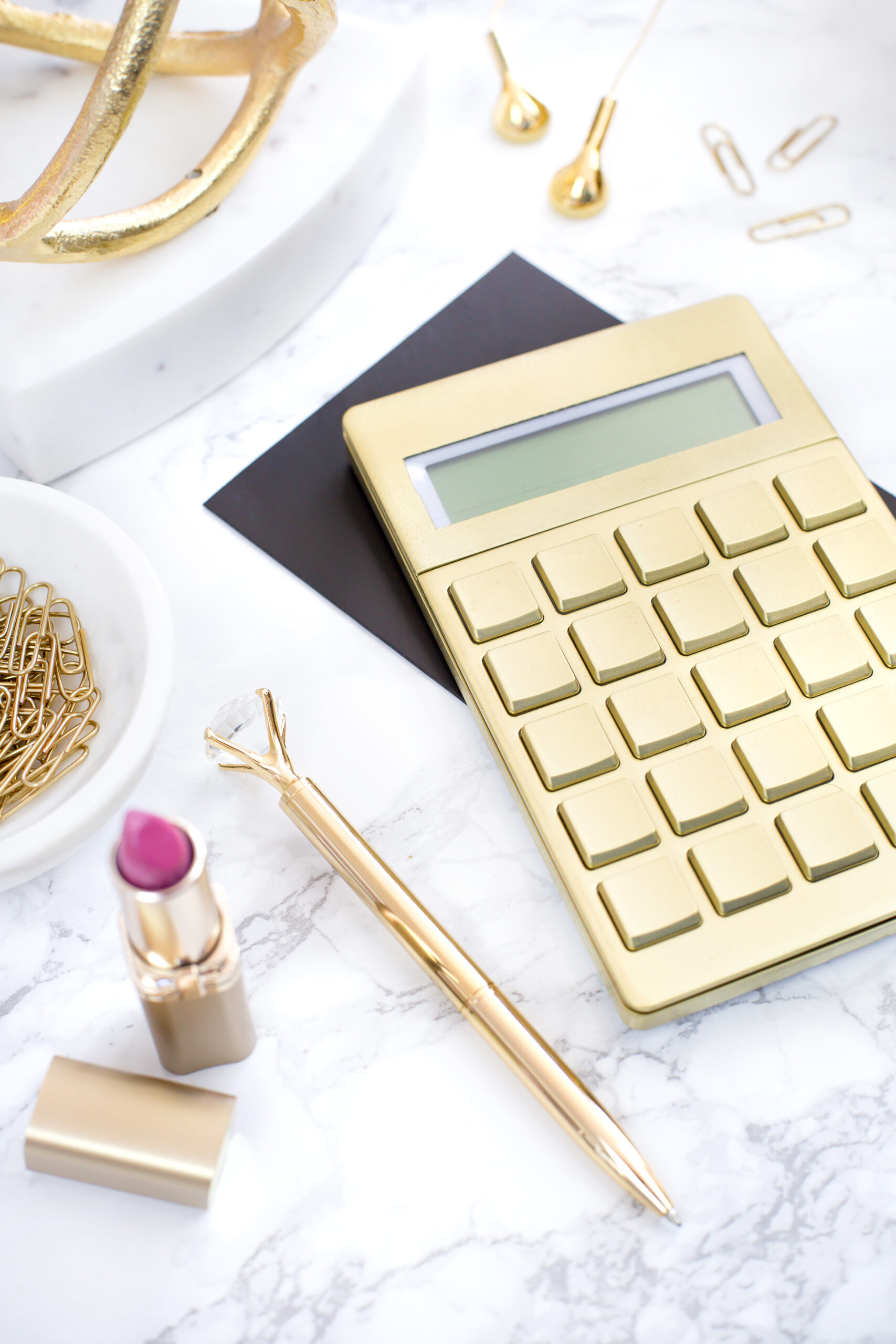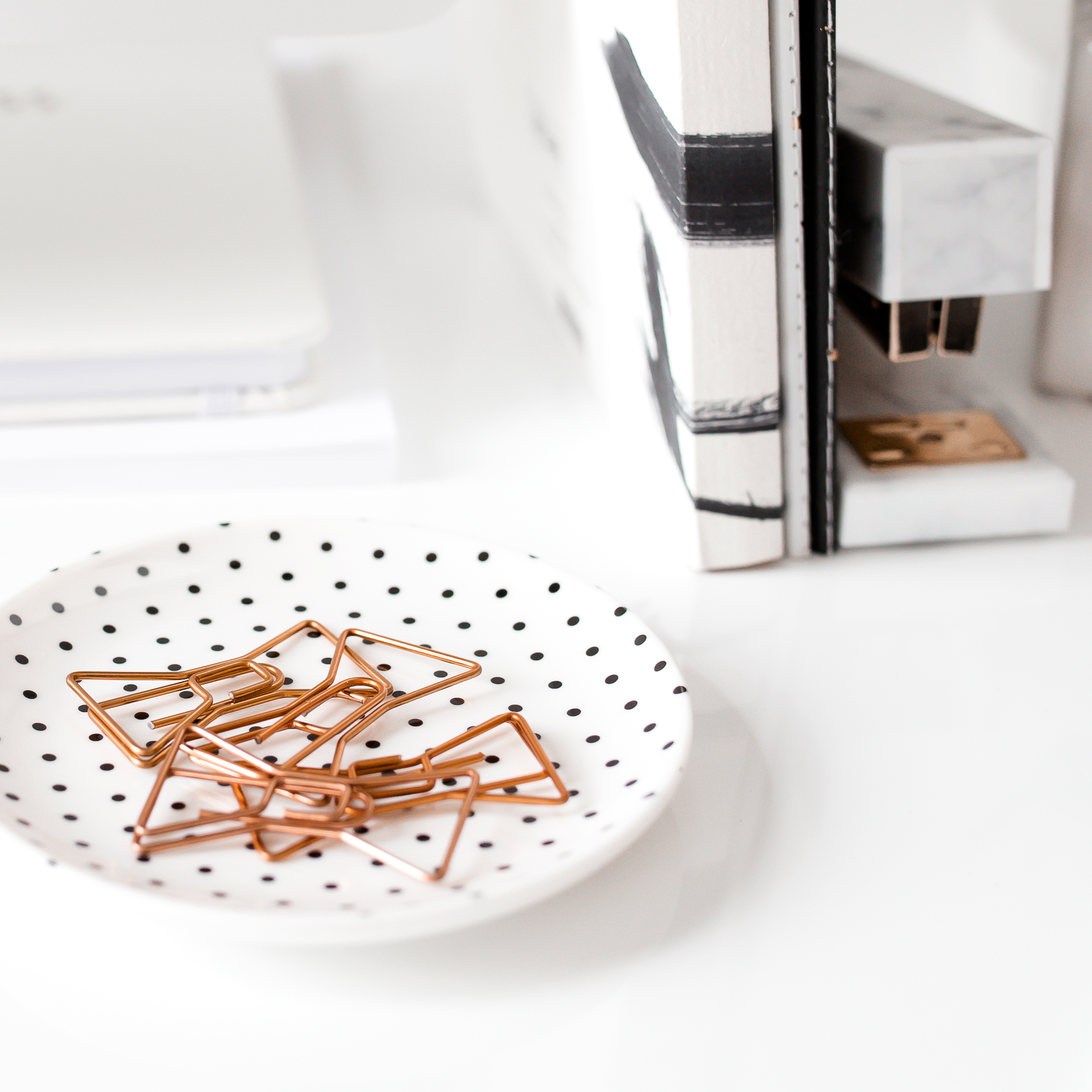
How to Define Your Editorial Style
In this post we will look at how to define your editorial style. This is basically the theme and style of your content which will help to keep your content consistent and on brand, no matter whether you’re creating content specifically about your niche or your general daily life.
This is similar to personal branding, but instead of focusing on you and the kind of person you are, we are going to look at the style of the content you are sharing. This section is really fun, but there is a lot to think about – so make sure you have a pen and paper ready to make notes!
Before we delve in and start working on your editorial style, make a list of as many different magazines, newspapers, blogs, websites that you can think of. The list doesn’t have to be really long, just make sure that you have a good balance of media sources so that you can analyse their different editorial styles. So here is an example list that I have put together.
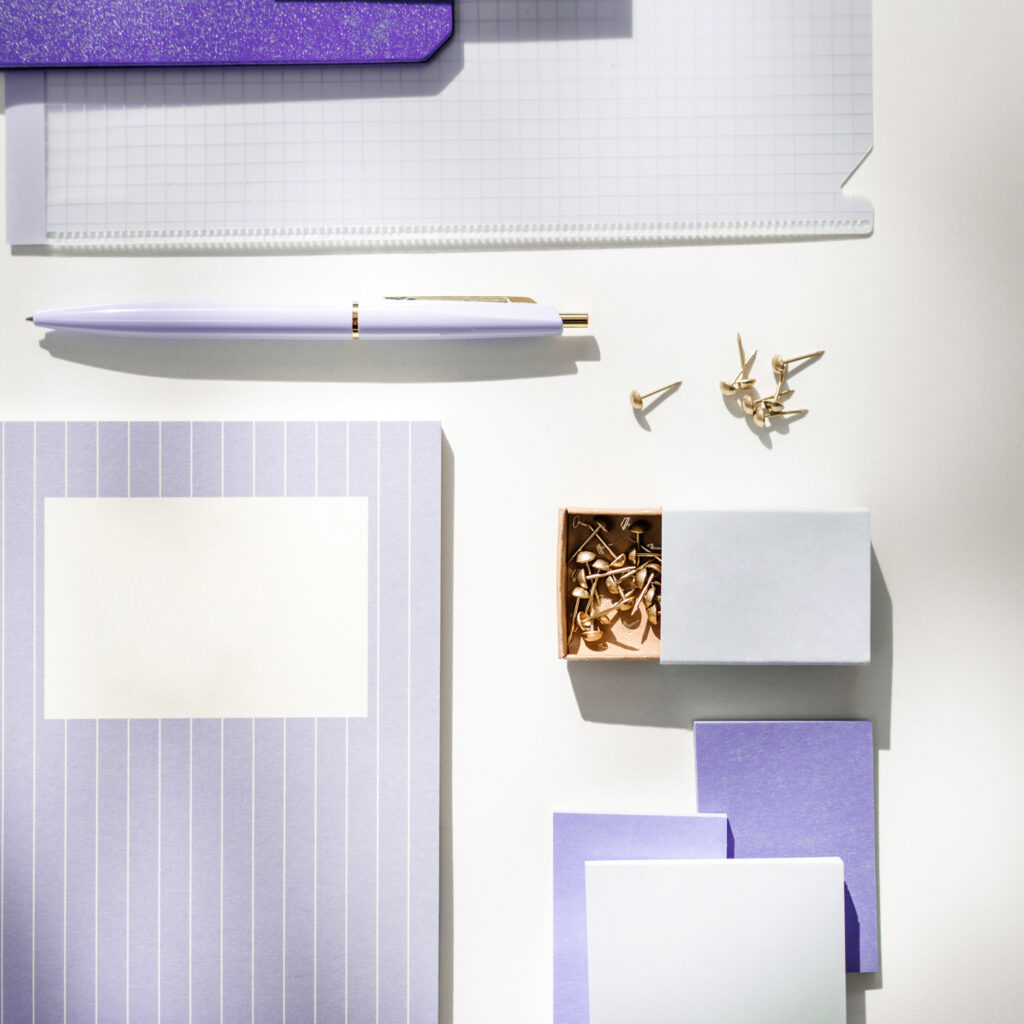
Examples of Different Editorial Styles
- Vogue
- In the Frow (Victoria Magrath)
- GirlBoss
- The New Yorker
- The Sun
- Cosmopolitan
So here we have a mix of media sources. First pair up the media sources by type, and then think about how they are different in terms of the content they publish and the language they use. How do they attract people’s attention?
Ok, so Cosmopolitan and Vogue are both fashion magazines. They are not too dissimilar but the language used in their articles is different, as is the type of content they cover and their audiences. Cosmopolitan covers everyday topics and is written in a more informative manner. Vogue is better suited to somebody who is more serious about fashion and appreciates high quality fashion writing. The products recommended in Cosmopolitan vary in price to suit a wider audience, whereas Vogue focuses on high-end luxury. Anybody can pick up an issue of Cosmopolitan and become a “Cosmo Girl” but there is something more aspirational about Vogue.
Next, we have The Sun and The New Yorker. The New Yorker is a magazine and The Sun is a tabloid newspaper but they cover a mixture of lifestyle topics and to a certain extent are both taken light-heartedly. The Sun is a what-you-see-is-what-you-get sort of newspaper where they will happily print misleading headlines on the front page in order to get people to buy and read the paper. In the online media world, this would be called “clickbait”. They’ve been known to print headlines stating that a famous person has died, but when you open up and read the article you find that the person perhaps had a near-death experience but by all means still very much alive! There’s nudity, profanity, and jokes. The New Yorker also makes light of some of the world’s more hard-hitting issues but only because they artistically form them into intelligent, honest, yet amusing illustrations. The New Yorker is for the person who is interested in world issues, politics and lifestyle topics but is happy to digest the more humorous way in which they are portrayed in The New Yorker magazine. The Sun articles are written in a very basic way, whereas The New Yorker articles contain true facts and are well written. The Sun images are often quick paparazzi shots and The New Yorker’s images are illustrations and colourful graphics.
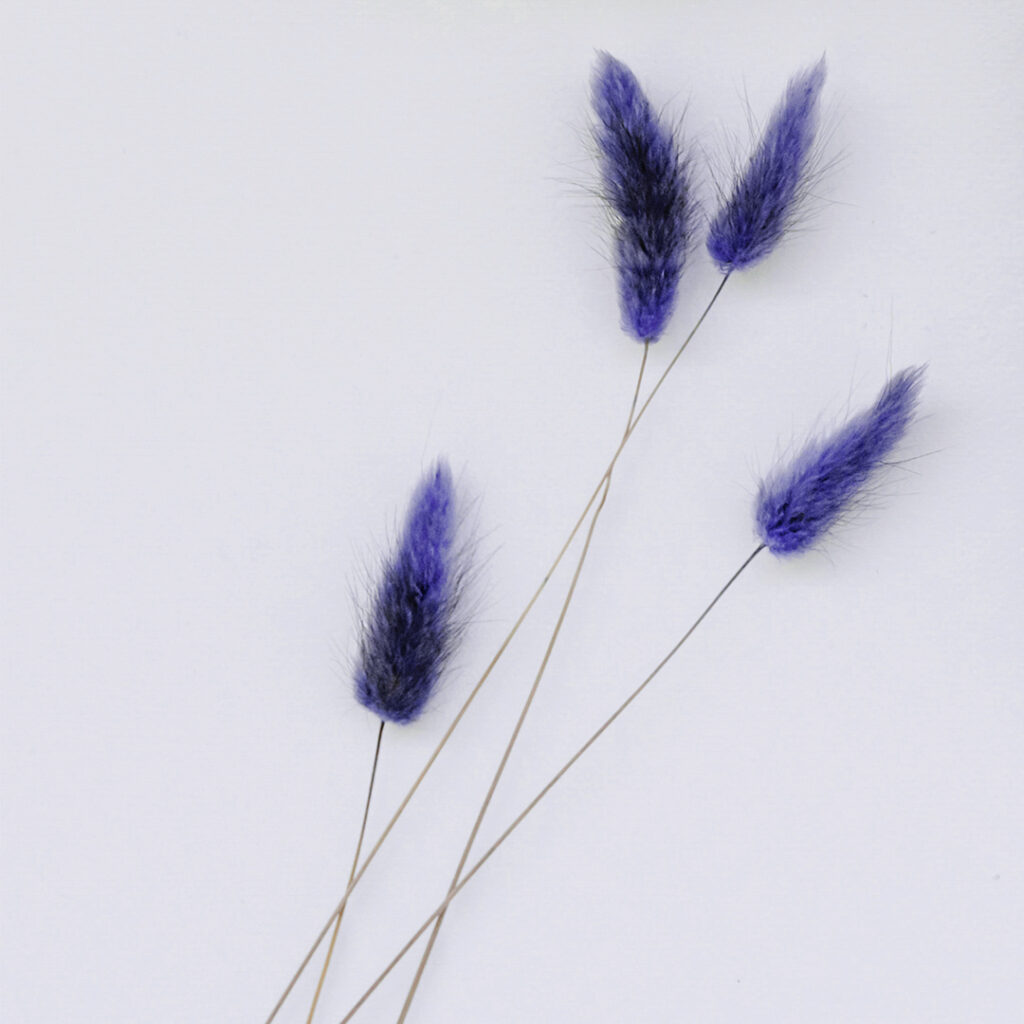
Last but not least, let us look as two very popular blogs by two very successful women. Girlboss.com was founded by Sophia Amoruso (creator of Nasty Gal clothing and author of the GirlBoss book). She has since left GirlBoss but the platform still maintains the same brand voice and editorial style. Victoria Magrath is a British fashion blogger and Youtuber, creating content about beauty, lifestyle, travel and fashion. The two websites are primarily blogs however; GirlBoss has numerous contributors, whereas Victoria’s content is written solely by Victoria herself. As for the language used, the writing on the GirlBoss website is raw and it is not uncommon for the articles to contain swear words when trying to emphasis a point or exclaim strong feelings. You wouldn’t really expect strong language on Victoria’s blog because her audience varies from young girls to adult women in their 20s, 30s and 40s. There is nothing wrong with either of these websites, it is just that they differ in editorial styles and attract a different audience. Victoria’s images are usually high quality DSLR images of herself or of whatever she is discussing in any given post. GirlBoss uses a mixture of photographs and quirky graphics and memes.
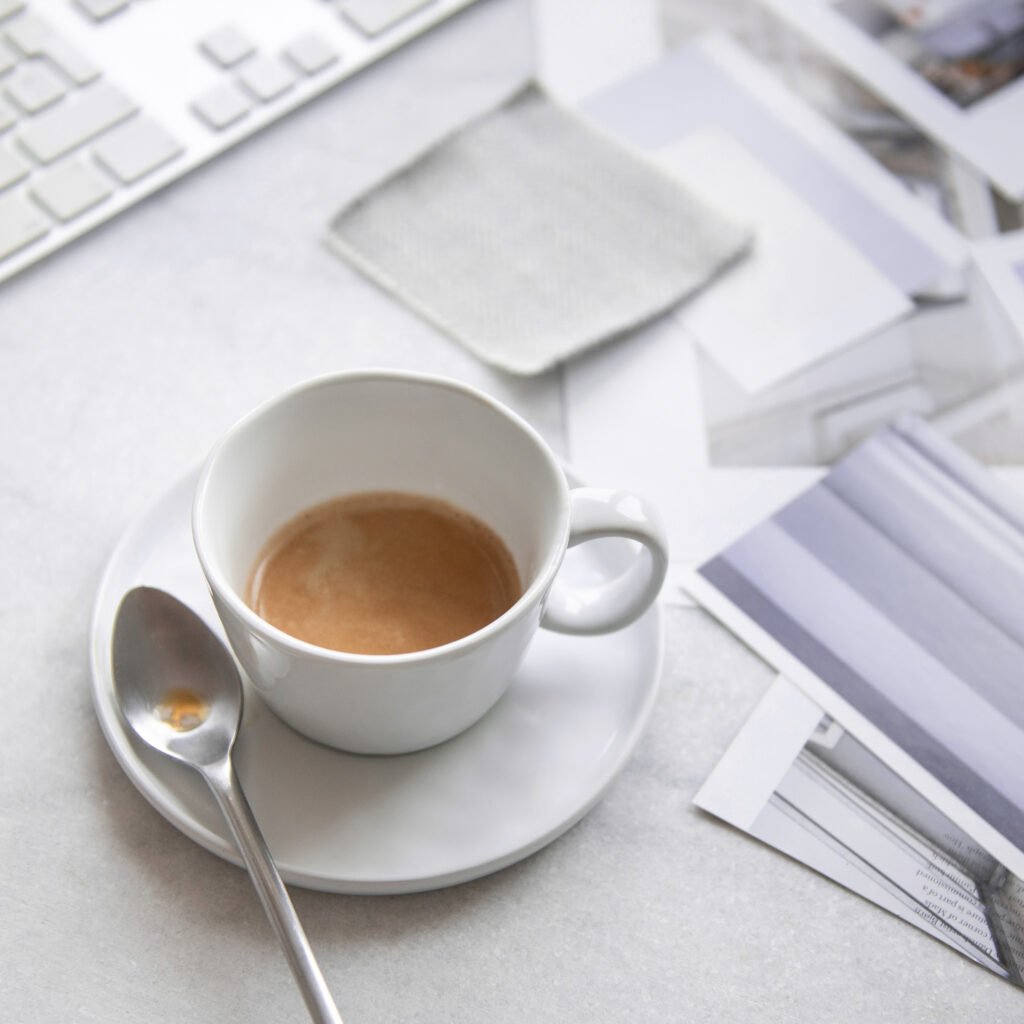
Now that you have a good idea of the different types of editorial styles, including the style of images used in each of the above-mentioned publications, you can start to think about your own editorial style. Also, remember that it is important to maintain the same editorial style on all of your platforms, i.e. your blog, your newsletter and social media. My top tip here is to try to stick to whatever comes natural to you, unless you are really eager to modify your natural tastes and way of communicating. I write how I speak. I rarely use bad language and that’s why you don’t ever read curse words on the blog or in any of the content I publish, whether for Quest Magazine or Minnirella. Some readers will be grateful for this, but other people might come to my blog and my use of language may not suit their tastes. I know other bloggers who often swear and their following love this because some people find it therapeutic to express themselves in this way. This is the beauty of blogging and branding – provided that what you write is honest, informative and interesting to those you are trying to appeal to, you can write about absolutely anything!
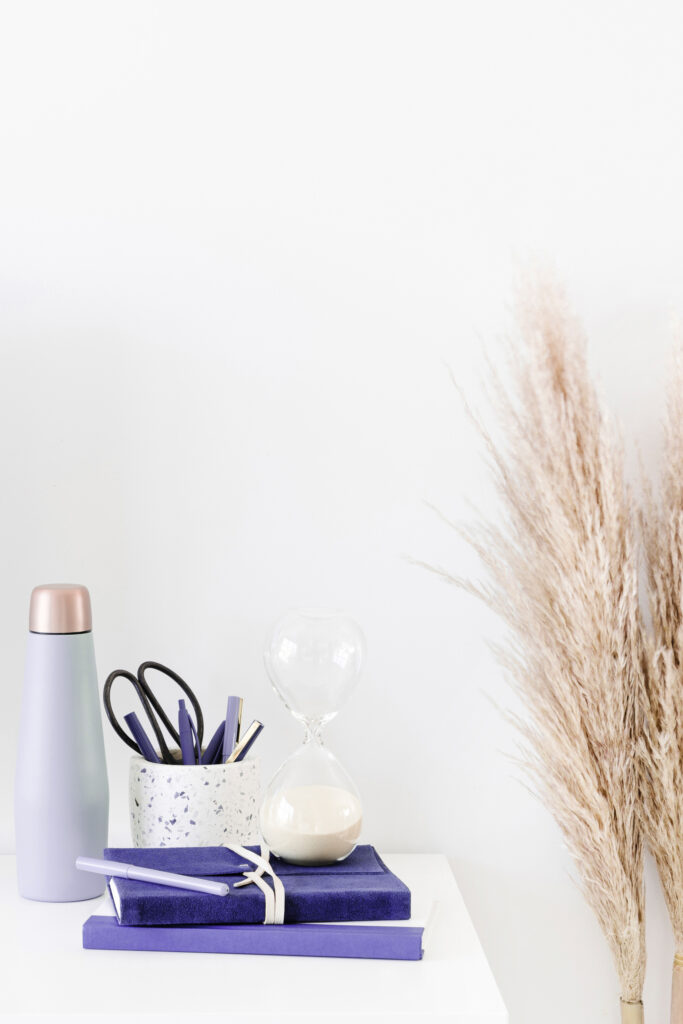
How to Establish Your Photography Style
Images may or may not be important for your blogging niche, but I am sure that the odd image will feature now and again. On the other hand, if you’re like me where your business’s visuals are very important, you must spend some time determining your image and photography style.
I like to keep my imagery bright and cheery while being elegant and classy at the same time. My personal platform – Luisa.co, is very similar to my fashion brand Minnirella.com, in the way that my brand and my personal platform are both extensions of my personality. The fashion collections and outfits you see on Minnirella are a good example of my personal style. The imagery used is modern, classic and chic. I like using white as a background for flatlay and incorporating timeless colours into my photography, such as black, white, light pink, red and beige. My photography style has been a gradual evolution, which has certainly taken time for me to evolve and get right.
“Capture Your Style” by successful fashion blogger and Instagrammer – Aimee Song is an excellent read for inspiring your photography style. The book is full of beautiful photos and useful tips!

Editorial Style Exercise
Now it’s your turn! Make a list of words that best describe your brand, written content and photo style. Is your brand luxurious, your written style serious, and your photo style glamorous? Or perhaps your brand is fun and vibrant, your written work is bold, and your photo style is bright. There are no right or wrong answers, just go with what feels right to you and stick to it! Don’t forget to look to bloggers, photographers and writers you admire to gain inspiration! This is how you master your editorial style.


